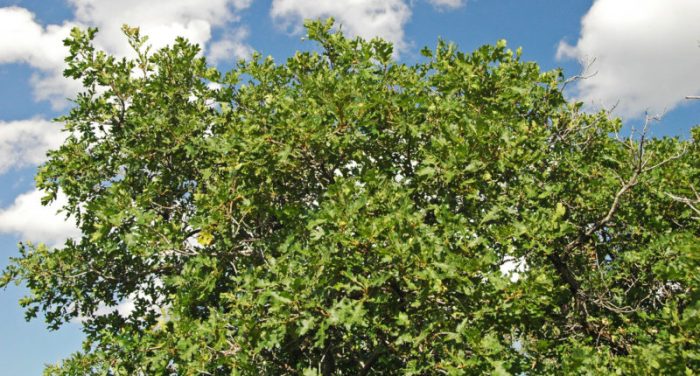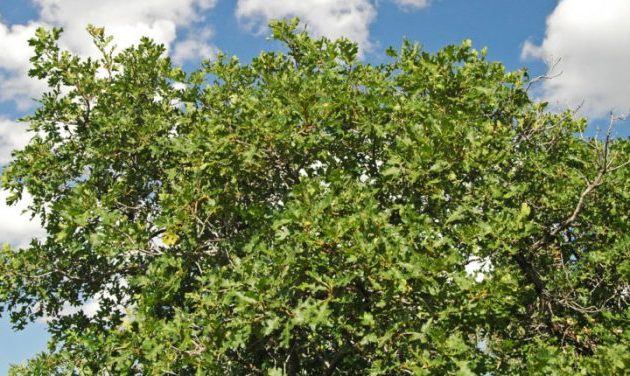Resources for Denver Tree Planting

Best trees to plant in denver – Successfully planting trees in Denver requires more than just choosing the right species; it involves understanding local resources and regulations. This section will guide you through finding reputable suppliers, navigating city ordinances, and utilizing online tools to ensure your tree planting project is a success. We’ll cover essential resources to help you select, plant, and care for your trees.
Choosing the best trees to plant in Denver’s often arid climate is crucial for a thriving landscape. Once you’ve selected your majestic shade providers, remember the ground beneath needs love too! Discover the secrets to a flourishing understory by exploring options for plant under trees dry shade , ensuring your Denver garden flourishes from canopy to ground.
This knowledge will complete your Denver tree planting project, creating a truly vibrant oasis.
Reputable Local Nurseries and Arborists
Finding a reputable local nursery or arborist is crucial for sourcing healthy, Denver-adapted trees and receiving expert advice on planting and care. Many nurseries specialize in native and drought-tolerant species, perfectly suited to Denver’s climate. Arborists can provide professional assessments of your planting site, ensuring the chosen tree thrives. Look for nurseries and arborists with experience in the Denver area, positive customer reviews, and certifications from relevant organizations like the International Society of Arboriculture (ISA).
Checking for local certifications or affiliations with reputable organizations is always a good idea. For example, a nursery might be affiliated with the Denver Botanic Gardens, indicating a commitment to sustainable practices and local species.
Denver’s Tree Planting Ordinances and Guidelines
Denver has specific ordinances and guidelines regarding tree planting, including restrictions on species, planting locations, and maintenance. These regulations are designed to protect the city’s urban forest and ensure the health and longevity of planted trees. You can typically find detailed information on the city’s website, often within the Parks and Recreation department or a similar section. Understanding these ordinances before planting is vital to avoid potential fines or issues with your trees.
For example, Denver might have regulations regarding the distance trees must be from sidewalks, power lines, or buildings. Reviewing the city’s official documents is crucial to ensure compliance.
Utilizing Online Resources for Tree Selection and Care
The internet offers a wealth of resources for selecting and caring for trees in the Denver area. The Denver Botanic Gardens website, for example, provides extensive information on native and adapted tree species, including their growth habits, water requirements, and sun exposure needs. Other websites and organizations offer detailed guides on tree planting techniques, pest control, and general tree care specific to the Denver climate.
Searching for “Denver tree planting guide” or “Denver-native trees” will yield numerous helpful results. These online resources often include interactive tools, such as tree selection guides that filter species based on your specific site conditions (soil type, sun exposure, etc.).
Helpful Websites and Organizations
- Denver Botanic Gardens: Offers extensive information on native plants and gardening in Denver’s climate.
- City of Denver Parks & Recreation: Provides details on city ordinances related to tree planting and maintenance.
- Colorado State University Extension: Offers research-based information on horticulture and landscaping in Colorado.
- International Society of Arboriculture (ISA): A professional organization for arborists, offering resources and certifications.
Illustrative Examples of Successful Tree Plantings in Denver: Best Trees To Plant In Denver

Denver’s commitment to urban forestry is evident in the many successful tree plantings across the city. These examples highlight the positive impact of careful species selection, proper planting techniques, and ongoing maintenance. They showcase the benefits of trees for both the environment and the aesthetic appeal of Denver’s diverse neighborhoods.
Successful Residential Tree Planting: A Shade-Providing Honeylocust
This example focuses on a mature Honeylocust (Gleditsia triacanthos* ‘Shademaster’) planted in a residential yard in the Washington Park neighborhood. The homeowner chose this specific cultivar for its thornless nature, its relatively small leaf size (reducing mess), and its tolerance to Denver’s challenging climate. Planting involved amending the soil with compost to improve drainage and water retention, ensuring proper spacing for root growth.
Ongoing care includes regular watering (especially during the first few years), fertilization in spring, and pruning to maintain shape and health. The tree now provides significant shade to the home, reducing energy costs and enhancing the property’s curb appeal. Its delicate, feathery foliage creates a light and airy canopy, while its open structure allows sunlight to filter through.
Successful Park Tree Planting: A Majestic Bur Oak in Cheesman Park
Cheesman Park boasts numerous mature trees, including a magnificent Bur Oak (*Quercus macrocarpa*) planted near the park’s central lawn. This impressive tree, known for its longevity and drought tolerance, was likely planted as part of a larger park enhancement project. Planting techniques for such large trees typically involve careful excavation, soil amendment, and possibly the use of support structures to ensure stability during establishment.
Long-term care for the Bur Oak includes regular monitoring for pests and diseases, deep watering during dry periods, and occasional pruning to remove dead or damaged branches. The tree’s broad, spreading canopy provides significant shade for park visitors, creating a welcome respite from the Denver sun. Its massive size and strong presence contribute to the park’s overall beauty and mature character.
Successful Streetscape Tree Planting: Colorado Blue Spruce Along Downing Street, Best trees to plant in denver
Downing Street showcases a successful streetscape planting of Colorado Blue Spruce (*Picea pungens* ‘Glauca’). These evergreens, chosen for their aesthetic appeal and hardiness, were carefully planted along the street, ensuring sufficient space for root development and minimizing conflict with underground utilities. Planting likely involved amending the soil with organic matter to improve drainage and water retention, while also ensuring proper spacing between trees to avoid competition.
Ongoing maintenance includes regular watering, particularly during dry spells, and pruning to maintain shape and remove any dead or diseased branches. The striking blue-green foliage of the spruces adds a unique visual element to the streetscape, enhancing the neighborhood’s aesthetic appeal. They provide a year-round visual interest, their presence contributing to a sense of community and neighborhood pride.
Image Descriptions
Image 1: Residential Honeylocust: This image shows a mature Honeylocust in a well-maintained residential yard. The tree’s canopy provides ample shade over a patio area. The lawn is neatly trimmed, and the overall scene exudes a sense of calm and tranquility. The tree’s health is evident in its lush, green foliage and strong, upright trunk.
Image 2: Cheesman Park Bur Oak: The image depicts a massive Bur Oak, its broad canopy casting a significant shadow over a grassy area in Cheesman Park. Other mature trees surround it, creating a sense of a mature, established park setting. The oak’s immense size and robust structure emphasize its longevity and resilience. People are visible in the background, enjoying the shade and the park’s ambiance.
Image 3: Downing Street Blue Spruce: This image shows a row of Colorado Blue Spruce lining Downing Street. The trees are uniformly spaced and well-maintained, showcasing their striking blue-green foliage. The street is relatively quiet, and the trees contribute to a serene and visually appealing streetscape. The health of the trees is evident in their vibrant color and full, dense foliage.
FAQ Guide
What’s the best time of year to plant trees in Denver?
Spring and fall are generally ideal, avoiding the extremes of summer heat and winter cold.
How much water do Denver trees need?
Newly planted trees need regular watering, especially during dry spells. Established trees typically need less, but deep watering during dry periods is beneficial.
What are some common tree diseases or pests in Denver?
Common issues include diseases like anthracnose and pests like aphids and spider mites. Regular inspection and preventative measures are key.
Do I need a permit to plant a tree in Denver?
Depending on the location and size of the tree, a permit might be required. Check with the city of Denver for specific regulations.

